Originally appeared on Automoblog.net
For 2017, the Hyundai Tucson receives a host of upgrades across the model range. Depending on the trim, the updates include everything from infotainment and interior materials, to the connectivity and safety features.
Here are the main updates, top to bottom, on the 2017 Hyundai Tucson.
Exterior Styling
The front fascia is dominated by a large hexagonal-shaped grille, a key of Hyundai’s design language. Surrounding the grille are a pair of available high-efficiency LED twin-projector headlights, plus LED headlight accents, and LED Daytime Running Lights.
For additional convenience during the dark, LED door handle approach lamps are also available.
The sporty and aggressive side profile of the Tucson is accentuated by a Z-shaped character line which flows above the rear wheel arches. Roof rails on top of the Tucson are sleek and low-profile, resulting in a clean, yet functional appearance. The rear fascia conveys stability with a wide, sporty stance too. LED technology is also used in the taillights for a premium design element and improved visibility.
Completing the rear fascia is a standard roof spoiler and twin, bevel-cut chrome exhaust tips.
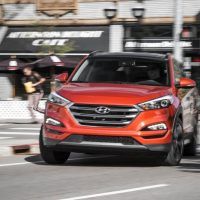
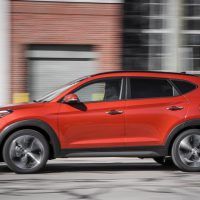
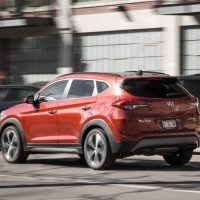
Interior Styling & Features
Inside, all 2017 Hyundai Tucson models will offer a premium, wrapped instrument panel with wide contours. These enhance the occupant’s overall sense of roominess in the cabin. Those who want more can opt for the full-length panoramic roof, which allows passengers to take in the beauty of both day and night skies.
The Tucson comes with a power-operated liftgate, which opens to a dual-level cargo floor. The second-row seats fold 60/40 and recline up to 37 degrees.
A stitched, soft-touch pad is placed near the driver’s right knee for better comfort during long road trips or spirited driving.
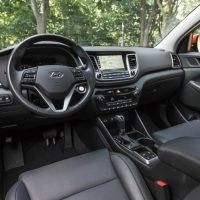
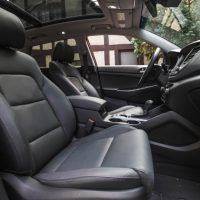
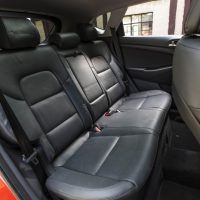
Performance & Fuel Economy
The 2017 Hyundai Tucson is available with two engine and transmission options, sending power either to the front wheels or to all four wheels. The vehicle is also fitted with Drive Select Mode, which enables the driver to adjust the steering feel, transmission, and engine responses to their preference, depending on the road and traffic conditions.
The base Tucson SE is powered by a direct-injected, 2.0 L four-cylinder from the Nu engine family and produces 164 horsepower and 151 lb-ft of torque. The engine is exclusively paired to a six-speed automatic with SHIFTRONIC manual shifting mode, and includes an overdrive lock-up torque converter for increased fuel efficiency at highway speeds.
The EPA rates the 2017 Hyundai Tucson FWD with a 2.0 L engine and six-speed automatic at 23 city, 30 highway, and 26 combined.
Tucson ECO, Sport, and Limited models are powered by a turbocharged, direct-injected, 1.6 L four-cylinder engine from the Gamma family, producing 175 horsepower and 195 lb-ft of torque. This engine is coupled to a segment-first seven-speed Ecoshift dual-clutch transmission. The EPA rates the Tucson ECO FWD, with the 1.6 L turbocharged engine and dual-clutch transmission, at 26 city, 32 highway, and 29 combined.
Sport and Limited FWD models with the same engine and transmission combination are rated at 25 city, 30 highway, and 27 combined.
Ride & Handling
The Tucson also offers an advanced AWD system developed in conjunction with Magna Powertrain. The system includes a driver-selectable AWD lock which allows a differentiated torque split between front and rear wheels. This is beneficial during off-roading or when encountering slippery roads. Active Cornering Control is also included in the AWD system that automatically transfers torque to the wheel with the most grip. It also reduces understeer and enhances cornering by braking the inside rear wheel while sending more torque to the outer wheel, behaving like a torque-vectoring system.
Hyundai Tucson models with AWD also feature integrated Hillstart Assist and Downhill Brake control, which allows drivers to navigate over sharp inclines and steep declines.
Suspension Setup
The 2017 Hyundai Tucson benefits from a long wheelbase chassis and wide track, resulting in a more comfortable ride with linear stability. The Tucson also employs a dual-reinforcing panel on the rear wheelhouse, the first design of its kind. The shock-absorber mounting structure helps the panels most prone to vibration, reducing road noise and improving ride and handling.
Hyundai wanted the Tucson suspension to provide precise handling without compromising ride comfort. Up front, the Tuscon uses a MacPherson strut setup, with coil springs, gas-filled shock absorbers, and a 24.7 mm sway bar. Out back, the suspension is an independent, multi-link design, with dual lower control arms. The rear suspension setup is available on both FWD and AWD models.
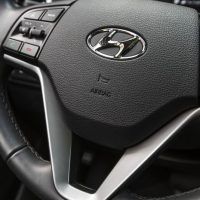
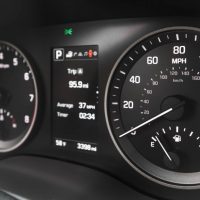
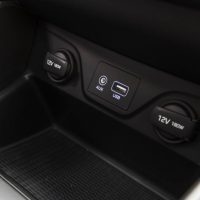
Safety and Security
In 2016, the Tucson received an IIHS Top Safety Pick + rating when equipped with Automatic Emergency Braking (AEB). Additional safety technologies include AEB with pedestrian detection, Lane Departure Warning, Blind Spot Detection, Rear Cross-traffic Assist, Lane Change Assist, rear parking sensors, and a standard backup camera. For added safety, more than 50 percent of the Tucson’s body is constructed with advanced high-strength steel.
The Tucson is also fitted with a Tire Pressure Monitoring System (TPMS) that not only alerts the driver when a tire is deflated, but also shows the location of the tire.
Connectivity
The 2017 Tucson offers Hyundai’s next-generation Blue Link connected car services. Blue Link includes connectivity features like Remote Start with Climate Control, Remote Stop, Remote Door Lock/Unlock, Car Finder, Stolen Vehicle Recovery, and Destination Search powered by Google. For additional cool points, many of these apps are compatible with Android wear and Apple watch models.
Availability
The 2017 Hyundai Tucson is on sale now and available in eight trim levels: SE, SE AWD, ECO, ECO AWD, Sport, Sport AWD, Limited, and Limited AWD.
The base Hyundai Tucson SE FWD, with a 2.0 L engine and six-speed automatic, starts at $22,700. The top-of-the-range Tucson Limited AWD, with the 1.6 L turbocharged engine and seven-speed dual-clutch transmission, starts at $31,175.
*Rahul Raman is the Founder of CARS 360 Mke, an automotive news outlet. He is a regular contributor to Automoblog and the author of our First Look series.
2017 Hyundai Tucson Gallery
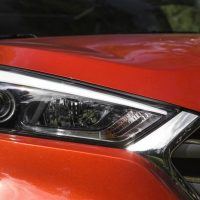
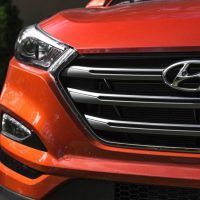
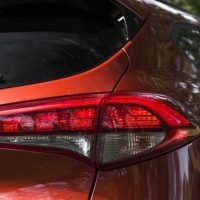
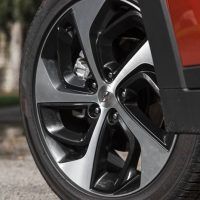
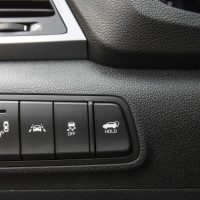
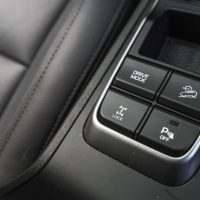
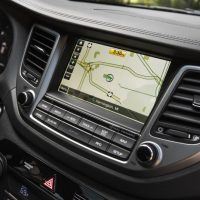
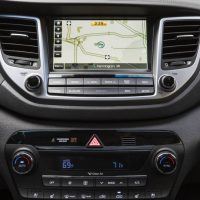
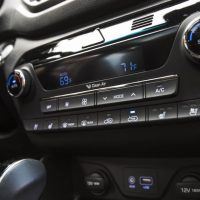
Images & Source: Hyundai USA
from Automoblog.net http://www.automoblog.net/2016/08/12/2017-hyundai-tucson-product-performance-overview/
via IFTTT
from Tumblr http://peternpalmer.tumblr.com/post/148846636676
via IFTTT
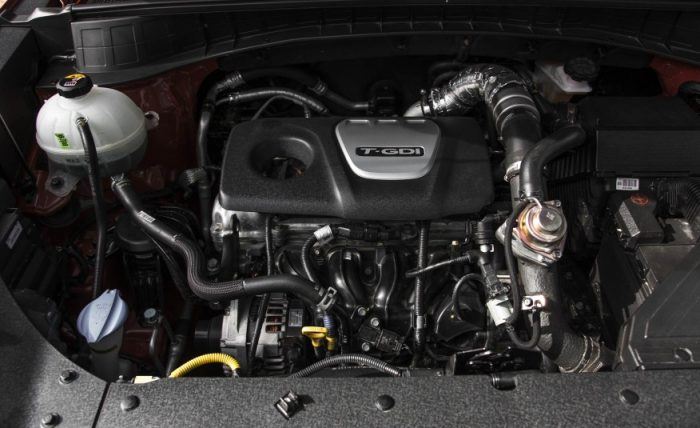
No comments:
Post a Comment